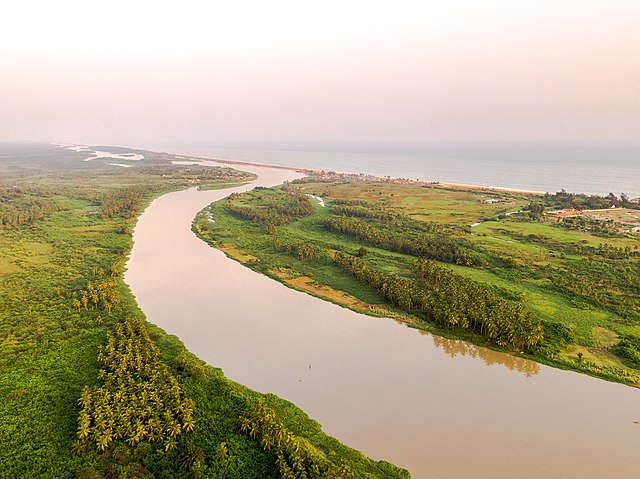Transforming a scientific monitoring in a social and touristic event
After the restaurant, ready for the census !
Emanuele Perez
Becoming friends, having lunch before the deer census
Emanuele Perez
Explanations by the Park staff
Emanuele Perez
Scientific monitoring tools become multitask tools
Arianna Sanesi
The management of protected areas through conservation activities is normally separated from tourist use activities. Creating a connection between the two activities can be a tool to solve many problems, showing everybody that the Park's activities are part of a single and complex strategy.
The red deer census in Foreste Casentinesi National Park is at the same time an important action of wildlife monitoring and a big touristic event, based on high quality tourism. It directly involves, during four days in low touristic season, local accomodations like mountain huts and "agriturismi" (farms), environmental guides and interpreters, restaurants and other economic enterprises.
The volunteers involved in the census are on average young and obviously take this opportunity also as an opportunity for recreation in nature and meeting people with their same passion. The census activities and the presence of hundreds of voluntueers from many Italian and foreign locations are quite visible to all the local population, also through the media.
Thanks to the deer census, the National Park becomes the venue for a major national event of conservation and this is much appreciated by the local communities.
One of the keys for managing national parks is to use forms of development as conservation tools. The deer census, as organized in the Casentinesi Forests National Park, is an excellent example of this strategy. Thanks to the census, the local people look at the deer and its conservation activities as an opportunity for socio-economic development.
At the same time, the volunteers find a rare opportunity to be protagonists of the park management for a couple of days, feeling themselves being real part of it.
This experience demonstrates how environmental conservation can coincide with opportunities for sustainable socio-economic development.
